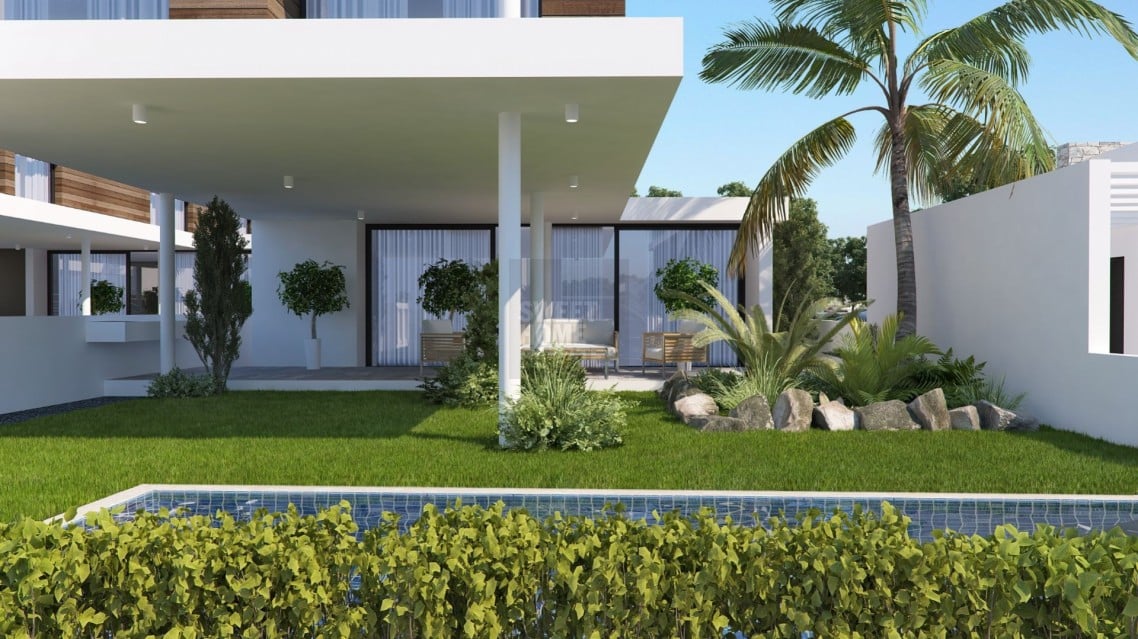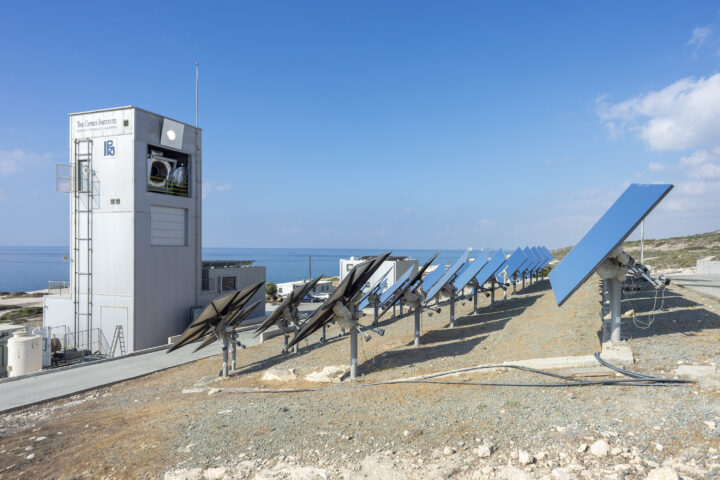Individuals or competent authorities have not taken the issue of the environment and green building developments seriously.
Of course, there has been considerable progress in the last ten years.
To this end, the increased sensitivity of citizens and the acquisition of know-how (transplanting trees, ready grass, use of old trees, new watering systems) have helped.
However, more imagination and perseverance are needed to upgrade the environment.
For this reason, it should be part of the building permit to submit for approval a detailed planting and maintenance programme of private and public green space, even for a residence (planting on the street).
I submit some suggestions for joint reflection and discussion:
- Part of the building permit should also be planting trees under the relevant terms (here, we have reservations that it may cause more delay in issuing the building permit, especially if the opinion requires an environmental study). However, there must be some safeguards to protect the citizens who are currently suffering from permits.
- Apart from the list of trees (Cypriot trees such as pines, cypress, olive, and carob), the location and the age of the trees must also be submitted by the applicant (very important, especially considering what happens with the planting of small plants, while the market has available trees of 2.0 metres be it at a higher cost of about €100 each), whereas the watering and maintenance system and the source of water (boreholes) should also be provided.
- The planting of trees should be consistent with the immediate environment (not palm trees everywhere), and the age of the trees should be at least three years old and a minimum height of 2 metres with clean trunk.
- The applicant must be responsible for maintenance for four years from the delivery of the project/residence and submit a bank guarantee of €50/tree (as a minimum) at the disposal of the competent authority in case of insufficient maintenance.
- The competent authority should not be entitled to undertake the planting or maintenance of the trees (in public/private green spaces) because practice teaches us they will be destroyed by the indifference of the authority that imposes the relevant conditions. For this reason, the competent authority should be connected to private maintenance providers entrusted with the responsibility.
- Where healthy trees cannot be planted, compensation should be paid to the authority’s “tree planting fund” (hopefully, this fund will be utilised and not get lost, as is now the case with the fund for parking spaces).
- As a guide, I suggest planting at least one tree per 100 sqm of building or two trees per 100 sqm of land (whichever is the largest) (e.g., an ordinary apartment building should have around 15 trees). If there is no space for planting, compensation of €50/tree should be paid to the fund.
- The felling of trees for growth purposes should be allowed (because if not, the fires of Greece will become common in Cyprus), but a plan for the “balancing of the natural environment” should be submitted, based on the above formula and the bank guarantee.
- Authorities that are unable to maintain public and other green spaces must make them available to developers for five years, with a “concession” of 10 sqm per 100 sqm of garden, in the form of a transferred building density and/or the assumption of the costs/management of these spaces to be deducted from municipal taxes (the cost is the same for the authority because it will avoid costly and haphazard maintenance, except the private individual will care much more than the authority).
- Any citizen may undertake a criminal case against the competent authority for non-maintenance or non-creation of green space, for which the authority set as a condition in the development for its creation. Determining compensation should be simple to avoid time-consuming procedures such as, e.g. €100-300/sqm/garden/year and the amount to be paid to the state. This will awaken the authorities because, as things stand, most public green spaces have become dumping grounds for garbage, drug addicts and other criminal elements.
An example of indifference is the existence of a decade of linear green space along the coastal pedestrian path of Ayia Napa with provocative non-maintenance (unlike the one in Paralimni).
The effort should include:
- Upgrading the environment by planting large, mainly local trees and not tiny seedlings that dry by 80% until 12 months.
- The authorities’ vigilance by deducting collection from citizens who will adopt green space.
- The existence of maintenance with a bank guarantee.
- The concern of each of us, regardless of quality and cost of building for tree planting.
- The control of tree planting is consistent with the environment and avoids the ongoing carnival of the palm tree (as is a popular house in Nisou on 10 donums and with 62 palm trees).
It takes imagination and punishment to consolidate in our minds and practice to ensure environmentally friendly development.
Antonis Loizou – Antonis Loizou & Associates EPE – Real Estate Appraisers & Development Project Managers










